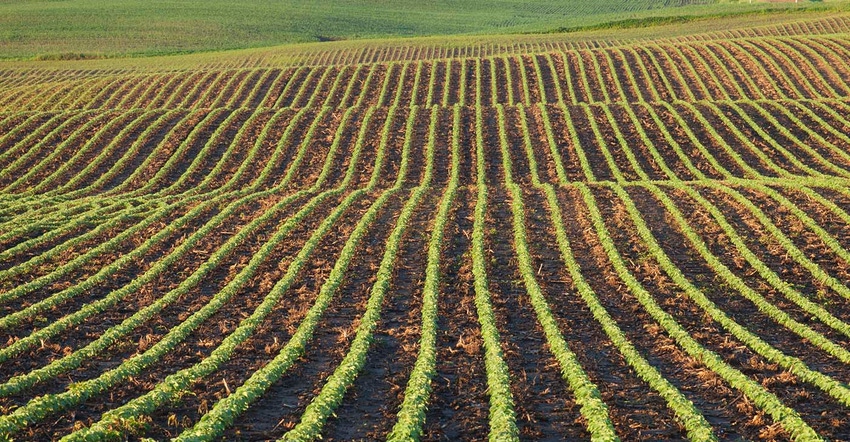
Let’s take the two major states that produce most of the soybeans in Brazil and the United States: Illinois and Mato Grosso.
In 2020, both states were ranked top producer of soybean in their countries. The average price per bushel in the United States for last year was U$9.5344, while in Brazil the price was USD $10.1974.
Last year, unlike most of the economy, agribusiness did not suffer a negative impact from the pandemic. In fact, it ended up being the opposite.
Brazil hit records last year passing the United States, for the first time, in soybean production. It benefited from the dollar’s strength over the Brazilian Real, as we explained in our most recent blog, ending 2020 with a positive balance.
While it helps soybean prices, Brazil’s weaker currency increases the costs of inputs for planting. As reported by IMEA (Mato Grosso Institute of Agricultural Economics), the average consolidated non-land costs for the 2020/2021 harvest in Mato Grosso added up USD $832.44 per hectare ($336.88 per U.S. acre), an increase of 10% when compared to the 2019/2020 harvest. Based on University of Illinois crop budgets, Illinois soybean production costs came to $342 per acre.
So, at least for 2020, Brazilian soybean farmers enjoyed better profit margins compared to Illinois farmers.
Fertilizer, pesticide transport costs
Both Mato Grosso’s Institute and the University of Illinois considered similar items to calculate their cost, from seeds and pesticides to hired labor. One noticeable difference in cost is for pesticides and fertilizers. Mato Grosso soybean pesticides cost about $86 per acre, while Illinois, on average, costs $44.50 per acre. In Illinois the estimated expense for soybean fertility is $45 per acre, while in Mato Grosso it’s $69.
Why? A combination of reasons. The soil in general is more fertile in Illinois. The transport infrastructure to deliver fertilizer to Illinois fields is more efficient, in part thanks to river barges and rail. In Brazil, tropical weather and less fertile soil requires higher doses of fertilizers; the tax burden and cost to transport (by truck) for these products is higher than it is in America, says Eduardo Beche, a plant breeder at University of Missouri.
It’s a similar story for pesticides. It’s not so much the cost of the input itself, but rather, the cost to transport that input to where it is needed.
Here’s a look at typical Brazilian soybean costs (excluding land) converted from hectares to acres. For comparison, here’s the link to University of Illinois crop costs.

Júlio Bravo is CEO of AgroBravo, a travel, education and events company focusing on agribusiness relationships. Reach him at [email protected]
The opinions of the author are not necessarily those of Farm Futures or Farm Progress.
About the Author(s)
You May Also Like






